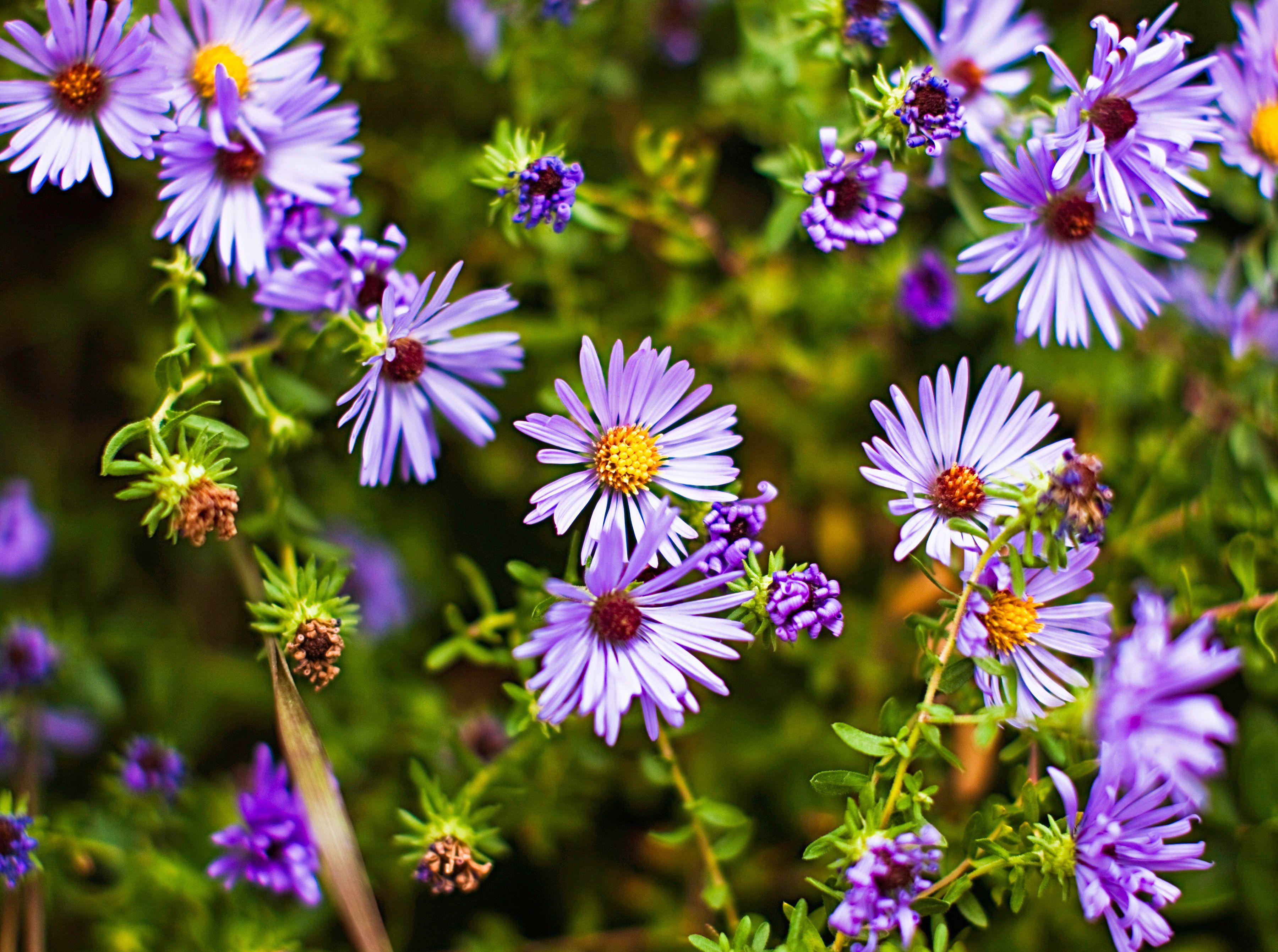-
أخر الأخبار
- استكشف
-
الصفحات
-
المدونات
-
المنتديات
15 Best Plants for Attracting Beneficial Insects That Naturally Control Garden Pests

15 Best Plants for Attracting Beneficial Insects That Naturally Control Garden Pests
Ladybugs, lacewings, and other beneficial insects feed on plant pests and naturally make gardens more pest-resistant. But like pollinators, these “good bugs" also feed on nectar and pollen, and they’re more likely to visit gardens that offer their favorite flowers and herbs. For a natural way to reduce garden pests, here are some of the best plants for attracting beneficial insects and protecting food and flowering plants from damage.
Yarrow
Marty Baldwin
Yarrow is an easy-care native perennial that’s found throughout North America. It produces broad, pollen-packed flowers in shades of pink, yellow, and white. These adaptable plants grow in a range of soils and tolerate sun or light shade. Yarrow is highly attractive to some of the most common beneficial bugs, like ladybugs, lacewings, and hoverflies.
Milkweed
While milkweed is famously good at attracting monarch butterflies and other pollinators, these perennial plants are also a hit with beneficial insects. North America has several native milkweeds to choose from, including swamp milkweed that thrives in soggy soil and common milkweed that grows better in drier conditions.
Dill
Kindra Clineff
Most gardeners pull edible dill plants out of their beds when dill bolts in the heat. But if you leave dill in your garden after it blooms, dill flowers will entice a range of beneficial insects into your garden and help to control common pests such as cabbage loopers and aphids. Dill is a particularly good companion plant for cucumbers and many other edible crops, but it also attracts beneficial insects to flower and container gardens.
Parsley
Robert Cardillo
Parsley plants are usually grown as annuals and pulled up and composted at the end of the season. To attract beneficial insects, allow parsley to overwinter in your veggie beds and let it bloom the following summer.
Marigold
Like dill, annual marigolds, especially French marigolds, are often grown as companion plants in food gardens to attract beneficial insects and keep pests at bay. Not only do these plants appeal to ladybugs and hoverflies that feed on aphids, but they also repel root-knot nematodes that can be highly damaging to crops like tomatoes and carrots.
Nasturtium
Blaine Moats
Next to marigolds, nasturtiums are one of the most popular plants for natural pest control. They are used as trap crops in veggie gardens to draw aphids away from food crops or used to attract beneficial insects that feed on caterpillars, aphids, and more. Nasturtiums are also entirely edible. They come in both mounding and trailing varieties to suit any garden size.
Queen Anne's Lace
Bob Stefko
Queen Anne’s lace usually grows wild in meadows and fields, but this perennial may creep into your garden if you simply mow less and allow patches of grass to grow a bit longer. These plants produce lacy, white flowers that slightly resemble yarrow blooms and are equally attractive to ladybugs, hoverflies, and other beneficial bugs.
Dandelion
Peter Krumhardt
Many gardeners dismiss dandelions as weeds and spend hours struggling to remove these tap-rooted perennial plants from their yards and lawns. But if you allow dandelions to grow near your veggie or flower beds, they’ll naturally attract aphid-eating lacewings and ladybugs.
Goldenrod
Denny Schrock
Goldenrod is a perennial that doesn’t flower until late summer or early fall, but it’s well worth the wait. These yellow-bloomed beauties look particularly attractive when grown with asters, Queen Anne’s lace, and other tall perennials, and they’re highly appealing to most beneficial insects and pollinators.
Allium
When it comes to controlling garden pests, perennial alliums offer a two-pronged approach. These plants attract beneficial insects with their nectar-filled flowers, but they also repel a wide variety of plant pests with their strong, sulfur-like scent. Best of all, there are lots of alliums to choose from, including larger ornamental alliums that look right at home in flower beds, and edible alliums such as chives that make fantastic companion plants in food gardens.
Blazing Star
Kritsada Panichgul
Also known as liatris, blazing star is a perennial with pinkish-purple blooms and slender, grass-like leaves that add interesting texture to flower beds. Some types of blazing star have tall flower spikes, while others produce smaller blooms that look like pompoms. Either way, these plants act like magnets for pollinators and beneficial bugs when they bloom in summer. They also grow well in poor soil.
Mountain Mint
Denny Schrock
Mint is notorious for its fast growth rate and aggressive tendencies. But mountain mint is a North American native that behaves much more politely in gardens and is every bit as tempting to beneficial insects as standard mint. Count on these perennial plants to brighten up flower beds with their silvery leaves and attract hoverflies, parasitic wasps, and even pest-eating spiders.
Aster
Jacob Fox
There are around 120 native species of asters in North America, including varieties with white, pink, and purple flowers and plants that tolerate sun, light shade, and damp or dry soil. These late-blooming plants are often grown with goldenrod for late-season color. Asters are especially attractive to hoverflies.
Sweet Alyssum
Justin Hanccock
Asters, goldenrod, and Queen Anne’s lace take up a lot of space in gardens. Sweet alyssum is a low-growing annual that does well in pots and fits in small garden borders and beds. Its dainty purple or white flowers attract beneficial insects. Sweet alyssum also works well as a pest-deterring companion plant for veggies.
Coneflower
Kritsada Panichgul
If you’ve ever grown coneflowers in your flower beds, you know these native perennials are a hit with pollinators and wild birds that feast on their seed-filled flowers. But coneflowers also appeal to many beneficial insects, including hoverflies and pirate bugs that eat pests like aphids, whiteflies, and spider mites.


